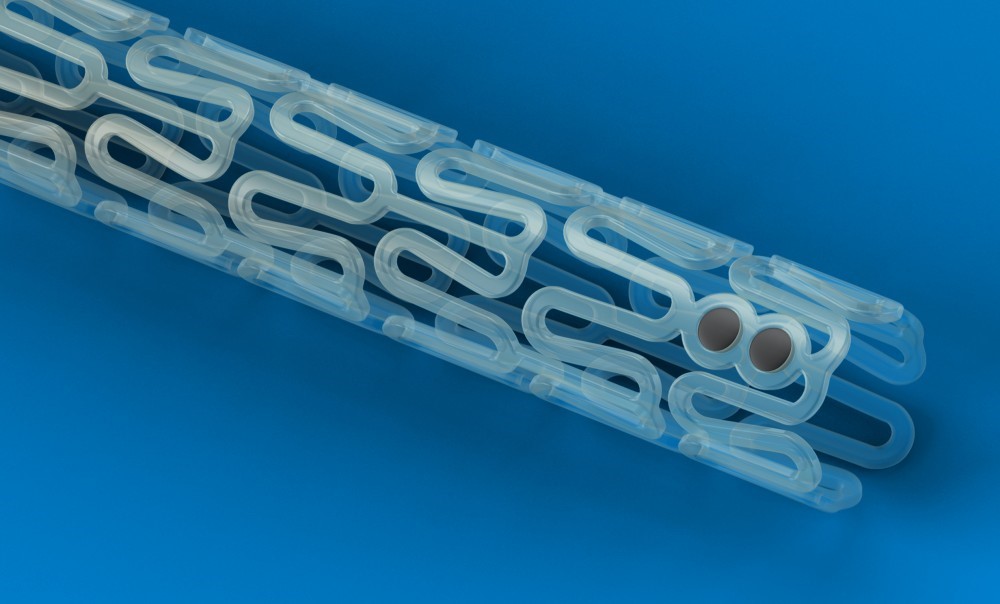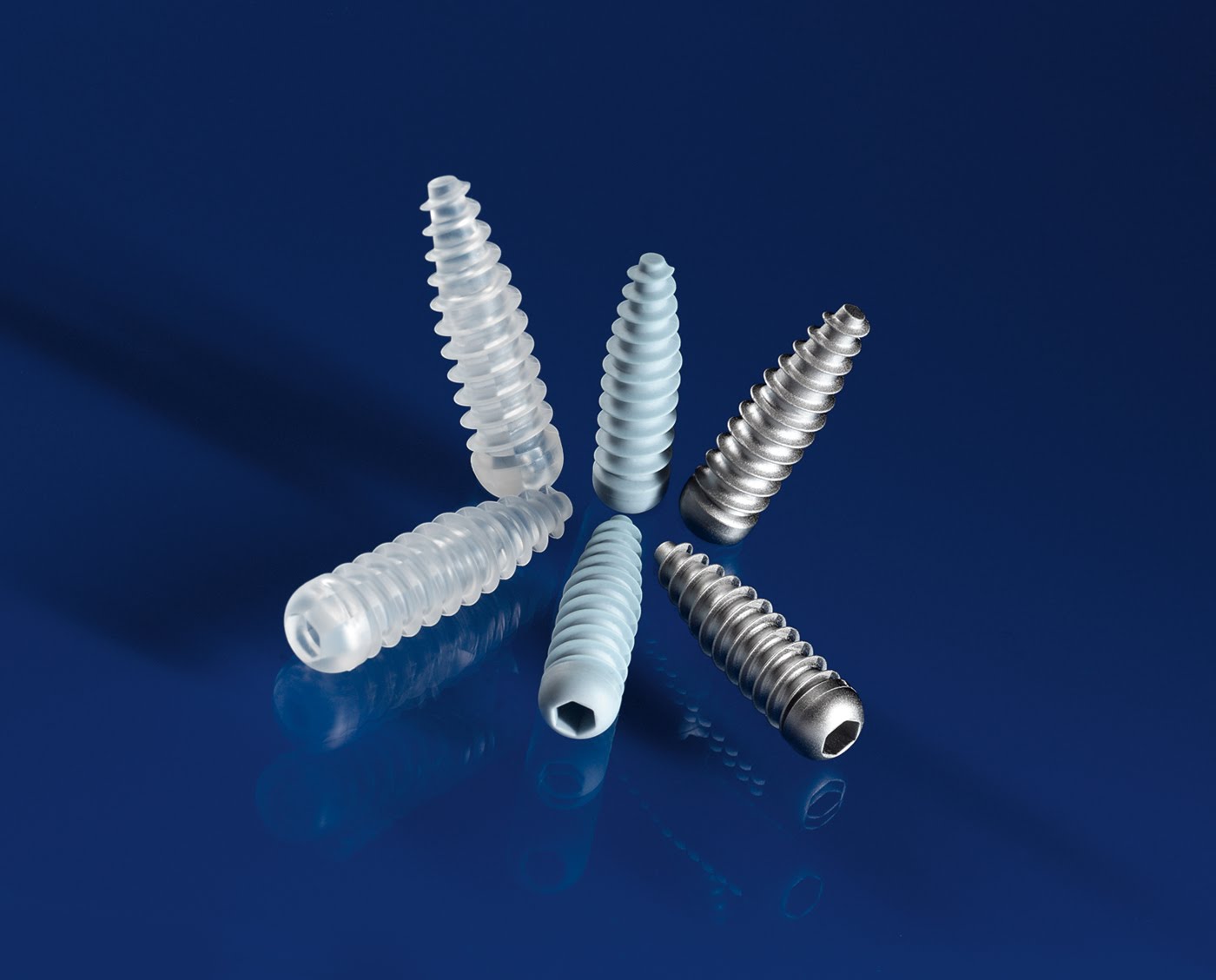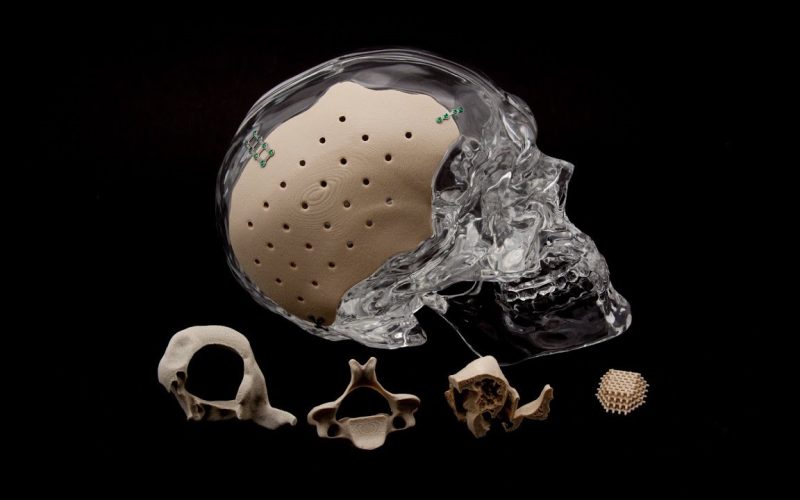The medical field is in a constant state of evolution, with groundbreaking innovations regularly transforming patient care. One such innovation that has garnered significant attention in recent years is the development and use of biodegradable medical devices. These devices, designed to perform their medical function and then safely degrade within the body, offer numerous advantages over traditional non-degradable devices. This article explores the vital role that biodegradable medical devices play in modern healthcare, highlighting their benefits, applications, and future potential.
Understanding Biodegradable Medical Devices
Biodegradable medical devices are crafted from materials that can naturally break down and be absorbed by the body over time. These materials include polymers such as polylactic acid (PLA), polyglycolic acid (PGA), and their copolymers, as well as certain metals and ceramics. The degradation process typically involves hydrolysis or enzymatic activity, leading to the breakdown of the device into non-toxic byproducts that the body can safely eliminate.
Benefits of Biodegradable Medical Devices
The adoption of biodegradable medical devices offers numerous benefits, making them an attractive option for both healthcare providers and patients.
- Reduced Need for Secondary Surgeries: One of the primary advantages of biodegradable devices is the elimination of the need for secondary surgeries to remove the device once it has served its purpose. Traditional non-degradable devices, such as metal implants or stents, often require a follow-up procedure to extract them, posing additional risks and costs. Biodegradable devices, however, naturally dissolve, reducing the burden on both the patient and the healthcare system.
- Minimized Long-term Complications: Non-degradable devices can lead to long-term complications, such as infections, inflammation, and mechanical failures. Biodegradable devices, on the other hand, are designed to function temporarily and then disappear, significantly reducing the risk of long-term adverse effects.
- Enhanced Healing and Tissue Integration: Biodegradable materials can be engineered to support tissue regeneration and healing. For example, certain biodegradable scaffolds are used in tissue engineering to provide a temporary structure for new tissue growth, eventually degrading as the tissue regenerates. This approach promotes natural healing and integration with the body’s tissues.
- Customization and Versatility: Biodegradable materials offer a high degree of customization, allowing for the design of devices tailored to specific medical applications. This versatility extends to various fields, including orthopedics, cardiovascular medicine, drug delivery, and wound care.

Applications of Biodegradable Medical Devices
The versatility of biodegradable medical devices has led to their application across a wide range of medical disciplines. Some of the most notable applications include:
- Orthopedic Implants: Biodegradable screws, pins, and plates are increasingly used in orthopedic surgeries to repair fractures and support bone healing. These devices provide the necessary mechanical support during the healing process and then gradually degrade, eliminating the need for removal surgery.
- Cardiovascular Devices: In the field of cardiology, biodegradable stents are used to treat coronary artery disease. These stents provide temporary scaffolding to keep arteries open after angioplasty and then dissolve, reducing the risk of long-term complications associated with permanent metal stents.
- Drug Delivery Systems: Biodegradable polymers are employed in the development of controlled-release drug delivery systems. These systems can deliver medications at a controlled rate over a specified period, enhancing therapeutic efficacy and patient compliance. Examples include biodegradable microspheres and nanoparticles used for targeted drug delivery.
- Wound Care: Biodegradable dressings and sutures are used in wound care to promote healing and reduce the risk of infection. These materials provide temporary support and protection to the wound site and then degrade as the healing process progresses.
- Tissue Engineering: Biodegradable scaffolds are crucial in tissue engineering and regenerative medicine. These scaffolds provide a temporary framework for cell attachment and tissue formation, eventually degrading as the new tissue develops. This approach has shown promise in the regeneration of skin, bone, cartilage, and other tissues.

Challenges and Future Directions
Despite the numerous advantages and applications of biodegradable medical devices, several challenges remain. One of the primary challenges is ensuring the precise control of the degradation rate. The device must maintain its structural integrity and functionality for the required duration before degrading at a predictable rate. Achieving this balance requires careful material selection and engineering.
Another challenge is the potential for inflammatory responses or adverse reactions to the degradation byproducts. While most biodegradable materials are designed to be biocompatible, individual patient responses can vary. Ongoing research aims to develop new materials and coatings that minimize these risks.
The future of biodegradable medical devices looks promising, with ongoing advancements in materials science, nanotechnology, and tissue engineering. Researchers are exploring new biodegradable materials with enhanced properties, such as improved mechanical strength, controlled degradation rates, and better biocompatibility. Additionally, the integration of smart technologies, such as sensors and drug reservoirs, into biodegradable devices holds potential for further enhancing their functionality and therapeutic outcomes.
Conclusion
Biodegradable medical devices represent a significant advancement in modern healthcare, offering numerous benefits over traditional non-degradable devices. Their ability to reduce the need for secondary surgeries, minimize long-term complications, support tissue healing, and provide versatile solutions across various medical fields underscores their importance. While challenges remain, ongoing research and innovation continue to drive the development of new and improved biodegradable devices. As these technologies evolve, biodegradable medical devices are poised to play an increasingly vital role in enhancing patient care and outcomes in the years to come.











